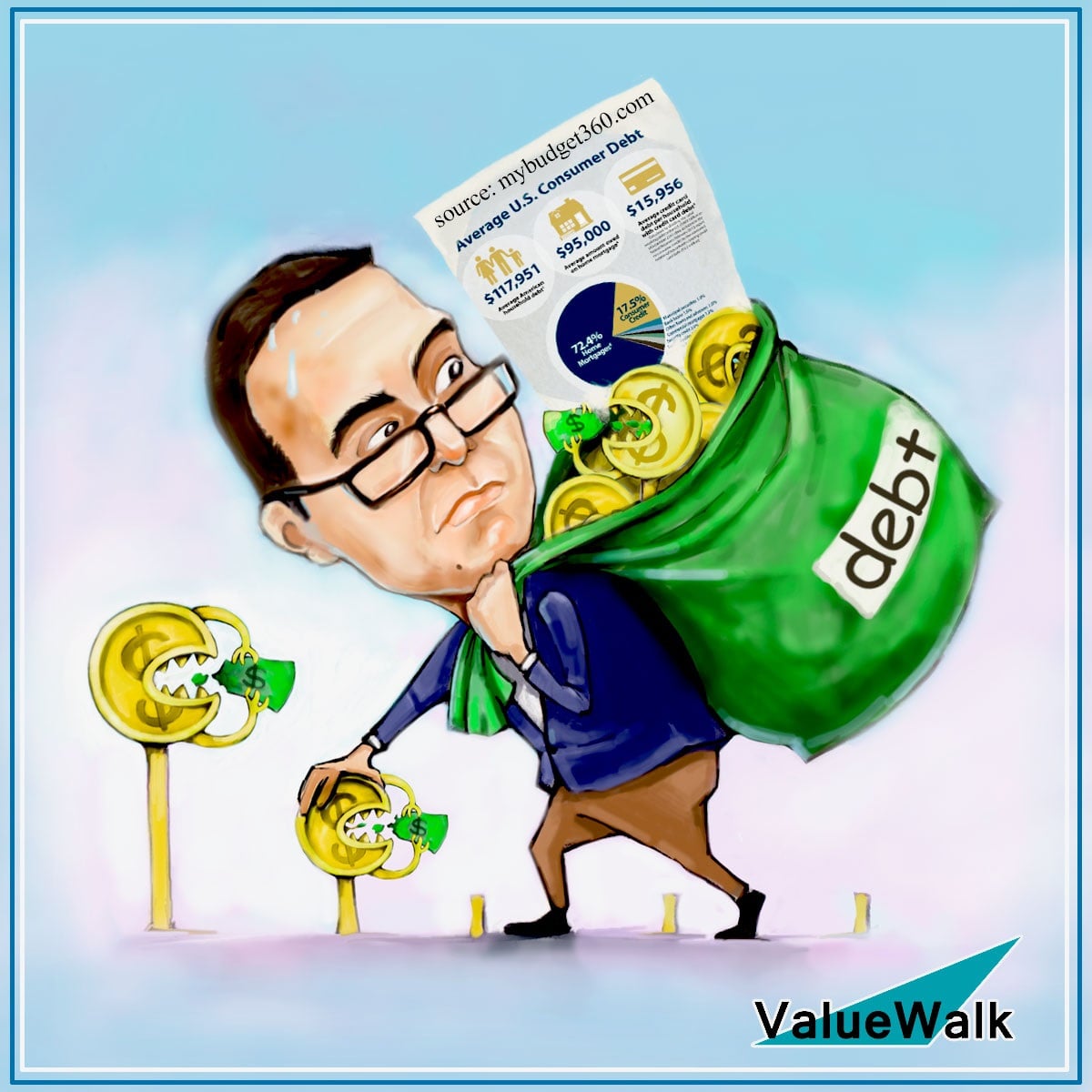The 2008 financial crisis resulted in enormous failures for both individual and institutional investors. There were not many investors who were able to navigate through the crisis calmly and without great losses. Those who did knew the fundamental basics about how debt crises work.
Q2 hedge fund letters, conference, scoops etc
Therefore, learning how to maneuver future debt crises is extremely critical for all investors, no matter how big or small their portfolio is. Economic changes are unavoidable, of course, so the only way out is to understand the primary cause-and-effect relationships and to learn to manage them, argues Ray Dalio in his new book, Big Debt Crises.
Cyclic nature of debt cycles
Debts essentially originate from credit. It is the credit or assumed ability to purchase which leads to debt. Therefore, debt is not always bad because it gives the economy purchasing power. It is when the debt is not used productively and does not get repaid in time that it becomes bad.
Excellent lending standards are a necessity. If they are too stringent, debt will be less, but so will be purchasing power, which will restrict economic development. On the other hand, if lending standards are too lenient, there will be more money and more growth, but high, unpaid debt becomes a threat to the overall economy.
Of course, when a person borrows money, it means he is purchasing something that he cannot afford at the time. It's important to realize that he isn't just borrowing from the lender, but also from his future self. There will be a time in the future when he will have to spend less than he earns so he can pay back the debt. He may again have to borrow money at that time to be able to pay back the old debt, which creates a cycle. This cycle applies to nations and individuals alike.
The effects of the debt cycle
Every debt cycle is caused by a lack of purchasing power and/ or buying more than one can afford. When the borrower is unable to meet his debt obligations, the lender is, in turn, unable to meet his own obligations to his creditors, and that obviously leads to a number of problems.
The most significant effect of debt cycles is that huge losses are incurred due to non-payment. The lender expects certain payment amounts every year, which either get reduced or written off entirely. As a result, losses get piled up on both lenders and creditors.
On the other hand, even when the debt cycle is balanced for a short period, the long-term implications are enormous. The businesses which borrowed or those that loaned money may become financially unstable for a long time. This affects the entire economy of a country.
Can debt crises be managed to avoid big problems?
If the policymakers of a country efficiently handle debt cycles, it is possible to control debt crises to a large extent. They can use their authority and knowledge to make policy changes so that debt crises do not drown the entire country.
Policymakers can start with the use of austerity, or spending less than what is brought in. They may also make certain debt defaults and restructuring. The central government can print more money and make more purchases to increase the amount of money in circulation. Another efficient method is to transfer money from those who have more to those who need it, which can be done in various ways.
Thus, debt cycles are integral and unavoidable parts of an economy’s system. However, they can be managed effectively to ensure they do not become vast crises.






